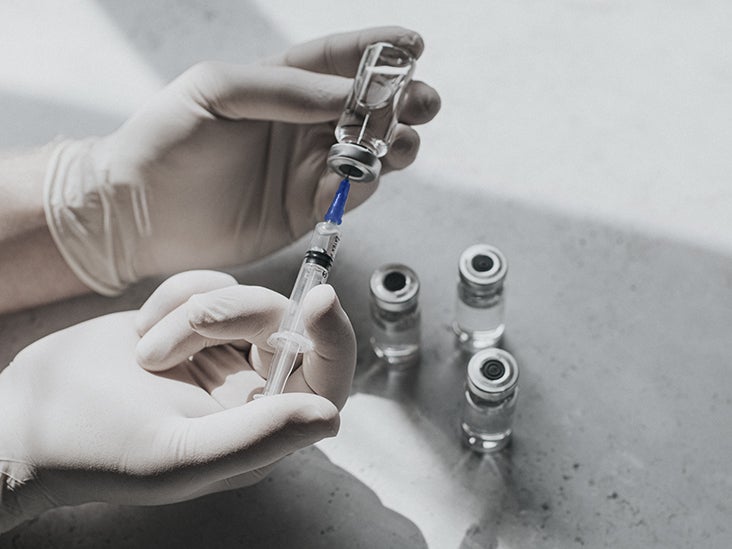Beauty products have always been essential in enhancing our natural features and helping us feel more confident. In today's digital age, shopping for these products has become easier than ever with online beauty product stores. From skincare to makeup to haircare, there is a wide range of products available at your fingertips with just a few clicks. You can explore https://its-a-shopping-spree.myshopify.com/ beauty products online.

The Variety of Products Available Online
Online beauty stores offer an extensive range of products that cater to different skin types, concerns, and preferences. Whether you are looking for organic skincare products, vegan makeup, or luxury haircare brands, you can find it all online. Some popular categories of beauty products available online include:
Skincare
- Cleansers, toners, and moisturizers
- Serums, oils, and treatments
- Sunscreens and face masks
Makeup
- Foundation, concealer, and powder
- Eyeshadow, mascara, and eyeliner
- Lipstick, lip gloss, and lip liners
Haircare
- Shampoos, conditioners, and hair masks
- Styling products, hair oils, and serums
- Hair color, hair treatments, and tools
The Convenience of Online Shopping
One of the biggest advantages of shopping for beauty products online is the convenience it offers. Here are some ways online shopping makes purchasing beauty products easier:
24/7 Accessibility
- Online beauty stores are open 24/7, allowing you to shop at any time of the day or night.
- No need to rush to the store before it closes – shop at your convenience.
Wide Range of Brands
- Online stores carry a diverse selection of brands, making it easy to compare products and prices.
- You can discover new brands and niche products that may not be available in physical stores.
Fast and Secure Shipping
- Most online beauty stores offer fast shipping options, so you can receive your products in a timely manner.
- Secure payment gateways ensure a safe and hassle-free shopping experience.
Personalized Recommendations and Reviews
Another benefit of shopping for beauty products online is the ability to access personalized recommendations and read reviews from other customers. Many online stores use algorithms to suggest products based on your skin type, concerns, and previous purchases. Additionally, you can read reviews and ratings from other shoppers to make informed decisions about the products you buy.
Virtual Try-On Tools
Some online beauty stores offer virtual try-on tools that allow you to see how a product will look on you before making a purchase. Whether it's a lipstick shade or a hair color, these tools help you visualize the end result and make a more confident choice.
Product Demos and Tutorials
Many beauty brands and online stores host product demos and tutorials on their websites or social media platforms. These videos provide valuable information on how to use the products effectively and achieve the desired results. You can learn new makeup techniques, skincare routines, and hairstyling tips from the comfort of your home.
Special Offers and Discounts
Online beauty stores often run special promotions, discounts, and sales that you may not find in physical stores. Here are some common offers you can take advantage of when shopping for beauty products online:
Sale Events
- Seasonal sales like Black Friday, Cyber Monday, and end-of-season clearance events offer significant discounts on popular brands.
- Flash sales and limited-time offers help you save money on your favorite products.
Gift with Purchase
- Many online beauty stores offer free samples or deluxe-sized products as a gift with purchase.
- This allows you to try new products or stock up on travel-sized essentials.
Loyalty Programs
- Joining a loyalty program or rewards program can earn you points on every purchase, which can be redeemed for discounts or free products in the future.
- Signing up for newsletters or following your favorite brands on social media can also keep you informed about exclusive deals and promotions.
Final Thoughts
Shopping for beauty products online offers a convenient, personalized, and cost-effective way to discover and purchase your favorite skincare, makeup, and haircare products. With a vast selection of brands, easy access to reviews and recommendations, and special offers and discounts, online beauty product shopping has revolutionized the way we shop for beauty. Embrace the convenience of online shopping and elevate your beauty routine with just a few clicks.









